|

Synopsis:
A small-time American hustler (Richard Widmark) with a loyal girlfriend (Gene Tierney) — working on commission for a nightclub owner (Francis L. Sullivan) — schemes with Sullivan’s ambitious wife (Googie Withers) to raise money for a new venture in London: Greco-Roman wrestling as epitomized by an aging icon in the field (Stanislaus Zbyszko), whose mobster son (Herbert Lom) runs a more sensationalized wrestling show. But when Nosseross (Sullivan) suspects Widmark of having an affair with his wife, he plots to foil the venture and prompt Widmark’s downfall.
|
|
Genres, Themes, Actors, and Directors:
- Con-Artists
- Gangsters
- Gene Tierney Films
- Get Rich Quick
- Jealousy
- Jules Dassin Films
- Richard Widmark Films
- Wrestling
Review:
After a string of Peary-listed postwar features — including Brute Force (1947), The Naked City (1948), and Thieves’ Highway (1949) — Jules Dassin’s final film in Hollywood before being blacklisted and moving to Europe was this highly atmospheric adaptation of a novel by Gerald Kersh. It was referred to by New York Times critic Bosley Crowther as “a turgid pictorial grotesque” (!!!), yet considered worthy of preservation by the Academy Film Archive in 2004 — ah, how opinions change… DVD Savant, who contributed a commentary to the film’s Criterion DVD release, labels it a “key loser noir”, noting that after having “risen from obscurity to top-of-the-heap noir status in the last twenty years”, “just about everybody recognizes its top roost among expressionist noirs using visuals to communicate extreme alienation and anxiety.”
I have a few quibbles with the film — including the underdeveloped roles of Tierney and her would-be suitor (guy-next door Hugh Marlowe), and the seemingly random presence of Americans Widmark, Tierney, and Marlowe in London — but otherwise agree this has held up well as a convincingly atmospheric dive into seediness and despair. Widmark is perfectly cast as a loser who’s convinced he’s not: we’ve likely all known individuals like him, sure that their latest and greatest idea will surpass all previous failures, and who will stop at nothing (including deception and fraud) to fulfill their ill-conceived dreams. While portly Sullivan borders on caricature in his role as a jealously supercilious club owner, Herbert Lom is pitch perfect as a soft-spoken but deadly mobster you seriously don’t want to mess with, and Max Greene’s cinematography is consistently mesmerizing.
Redeeming Qualities and Moments:
- Richard Widmark at Harry Fabian
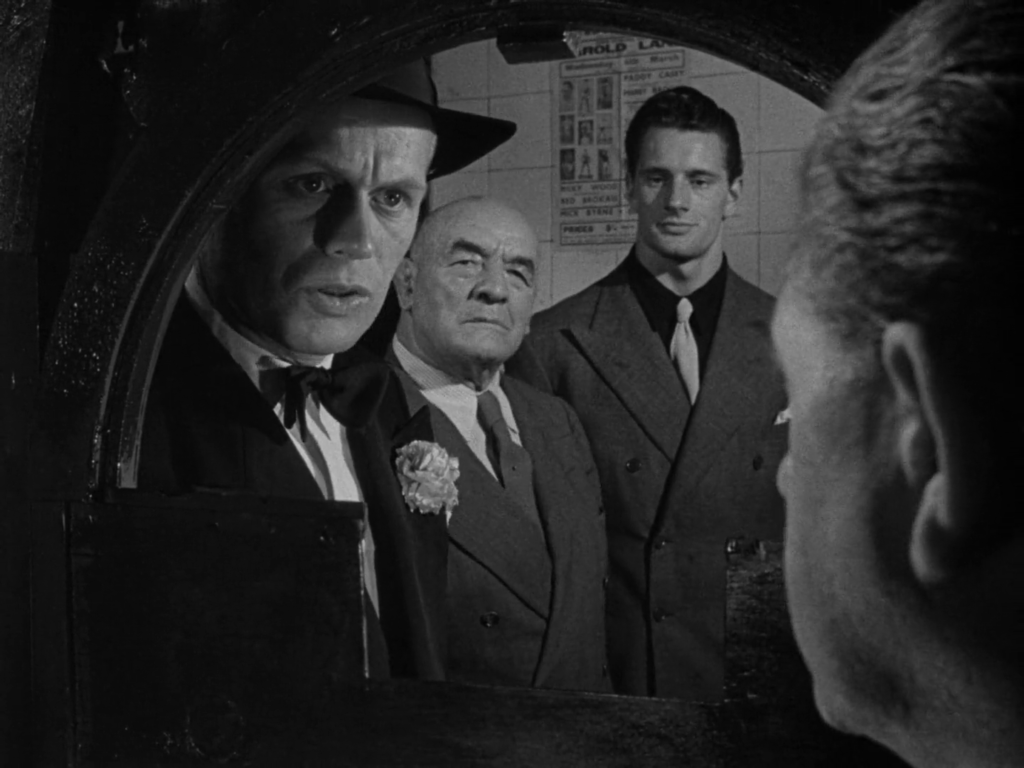
- Herbert Lom as Kristo
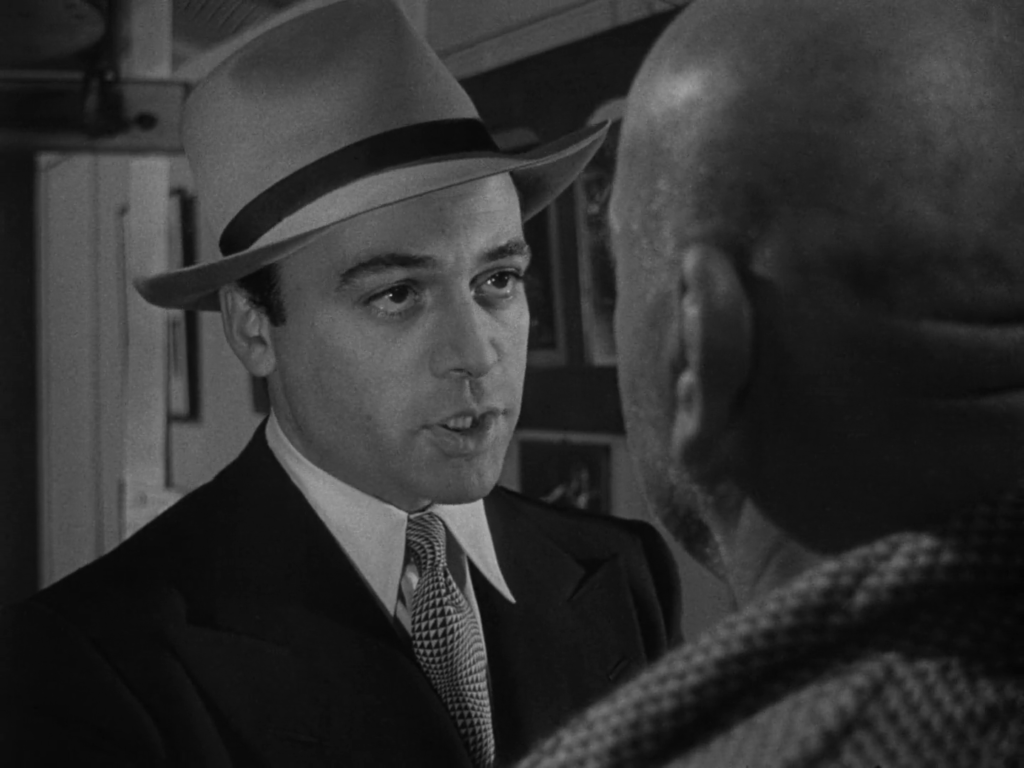
- Fine direction
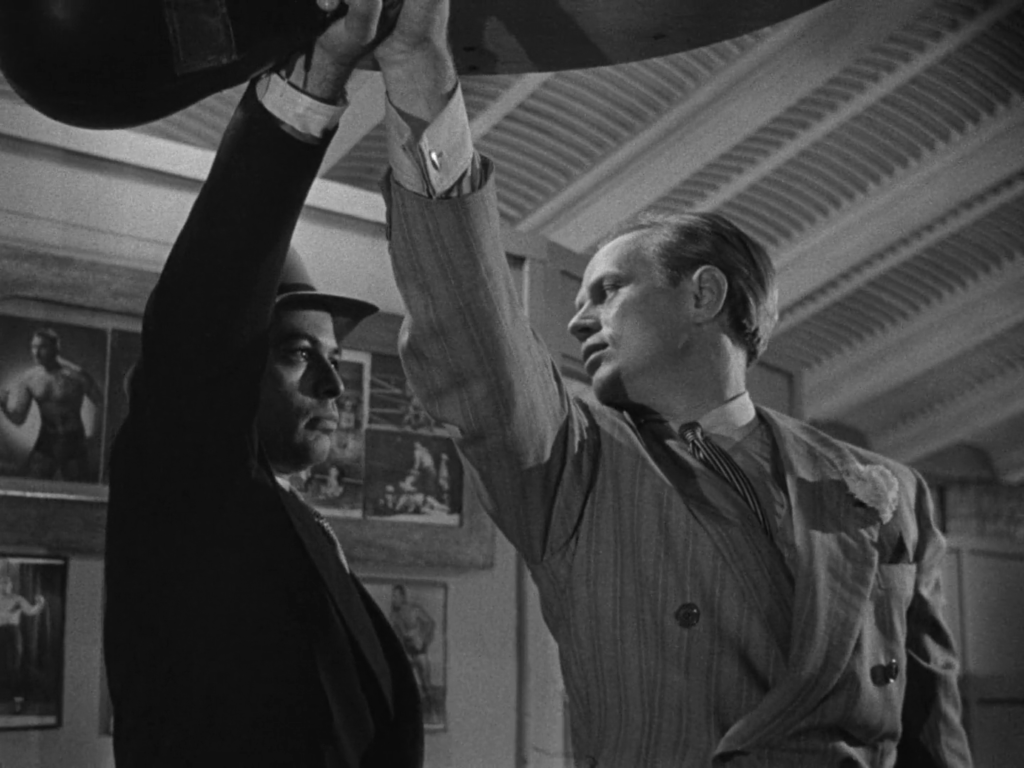
- Max Greene’s noir-ish cinematography
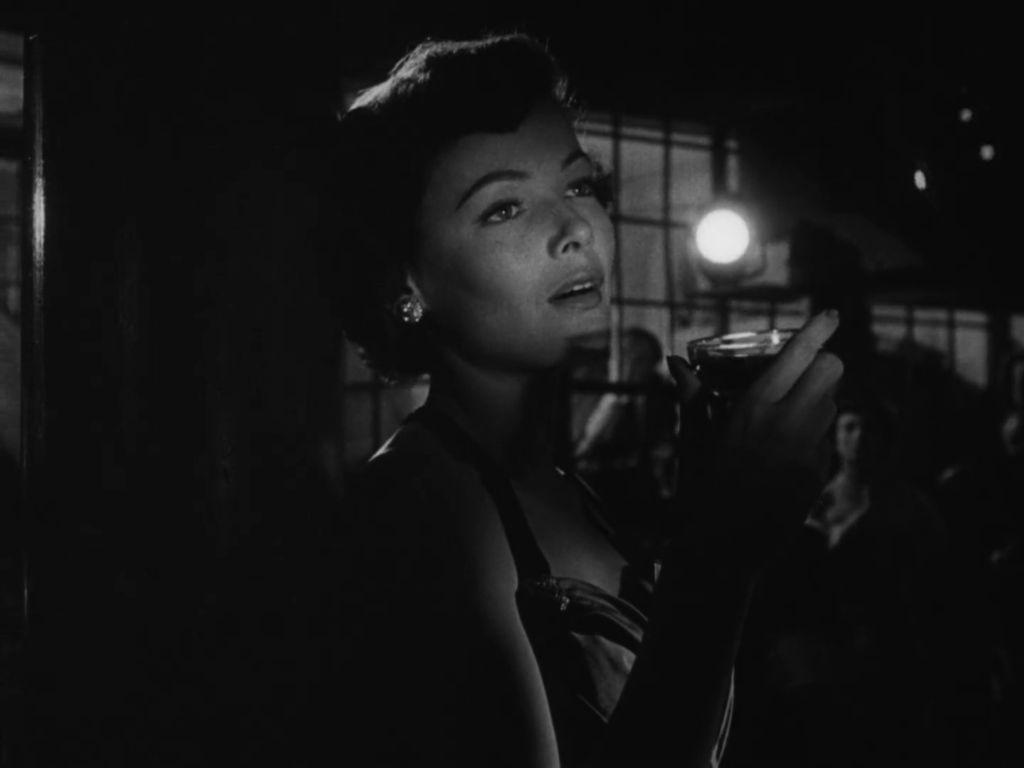
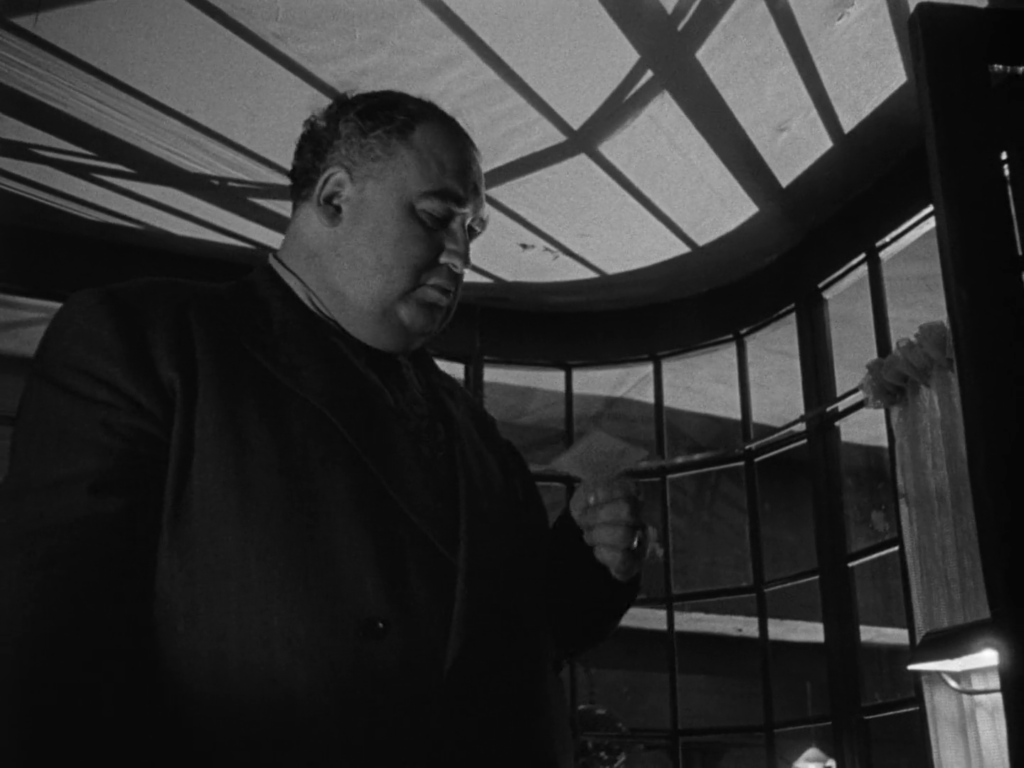
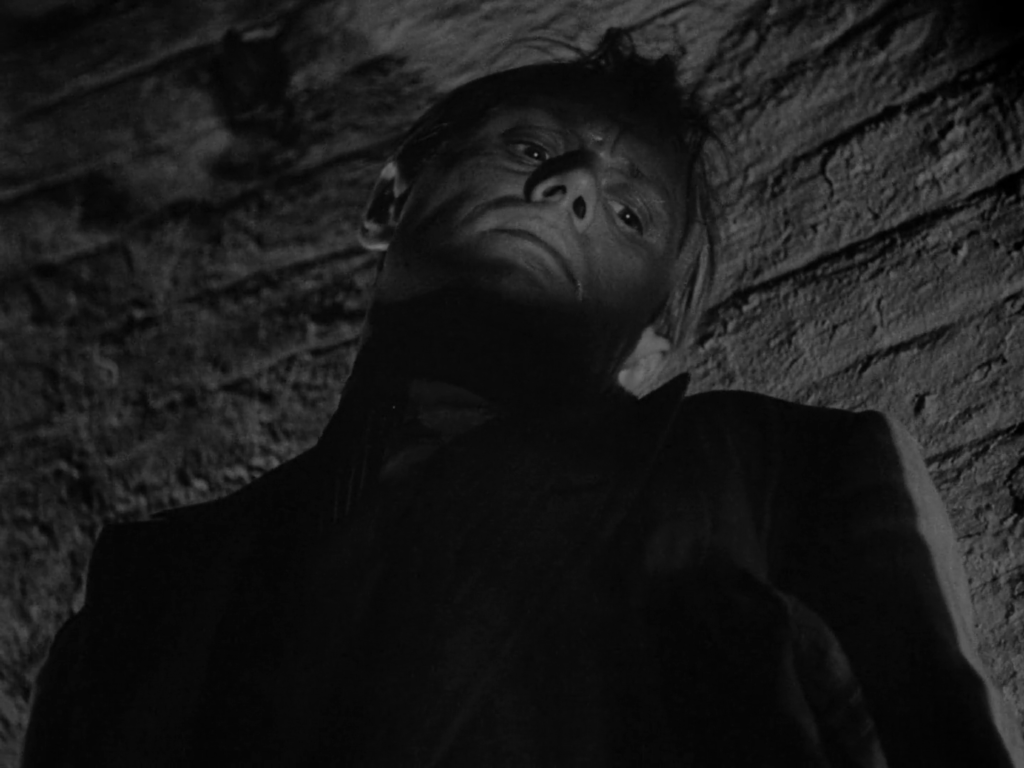
Must See?
Yes, once, as an atmospheric noir outing. Listed as a Sleeper and a Personal Recommendation in the back of Peary’s book.
Categories
Links:
|







One thought on “Night and the City (1950)”
A once-must, for the story and for Dassin’s superb direction.
‘NATC’ gets off to a rough start because of Widmark’s character. Granted, that’s intentional – there would be no story without the full self-serving of the hustler that Widmark plays. Widmark excels at playing weasels and here he pretty much outdoes himself: not only is he perpetually hopped-up on ‘get rich’ schemes but he can never seem to stop talking (!)… and that laugh of his, yikes! Ten minutes of listening to him prattle on about… anything… could be enough to make you scream. …And it’s almost impossible to believe that Tierney’s character could even think of wanting to hang on to him (except she remembers a time when he was nicer… or is that just what she wants to believe?, since we see zero evidence of anything that could ever have been nice in him).
The good news is: Even though Widmark is in virtually all of the film, the plot’s complicated mechanics make him less annoying for the viewers than they do for just about every other character. While watching, we don’t have to focus on Widmark; we just have to pay attention to the labyrinth he creates – and the various forms of loyalty and disloyalty within it. This all makes for very compelling storytelling.
And guiding this story is Dassin’s confident hand. He’s in steady control here – steering terrific visual style with appropriate pacing for each beat. This is a master director at work.
As the film heads towards its breathless conclusion, we do – sort of – have to again focus on Widmark – but that’s only because his inevitable comeuppance is lengthy and intricate. In the last 20 minutes, he is certainly given the run of his life.